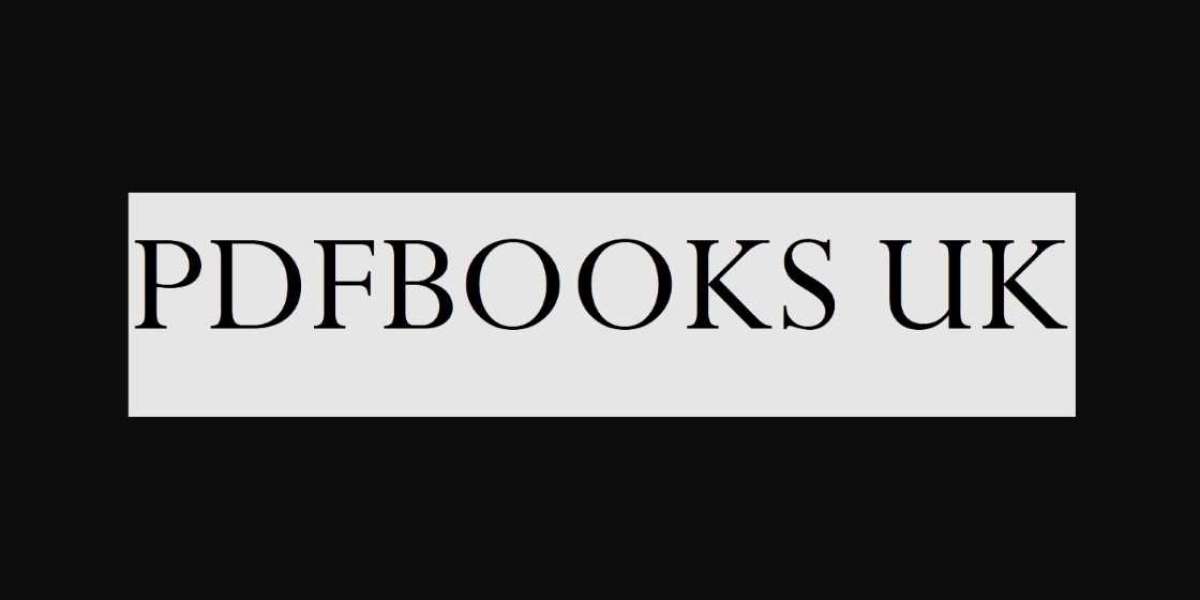Dead Testing: Confirming Physical Integrity
These three tests are performed first, with the installation isolated from the supply, to ensure the physical wiring and components are sound.
Continuity of Protective Conductors and Bonding:
Purpose: To confirm that all earth conductors and main protective bonding conductors form a continuous, low-resistance path back to the Main Earthing Terminal (MET). A high resistance here means that fault current won't flow effectively, leading to a shock risk.
Acceptance Criteria: The resistance must be acceptably low, typically measured in $\text{ohms}$ or fractions of an $\text{ohm}$, and must be recorded on the form.BS 7671 18th edition PDF
Insulation Resistance:
Purpose: To verify that the cable insulation is intact and not damaged, which could lead to fire or a short-circuit. A high DC voltage is applied between conductors and between conductors and earth.
Acceptance Criteria: The measured resistance must be greater than $1\text{ M}\Omega$ for standard low-voltage circuits. A reading below this threshold indicates faulty or damaged insulation.
Polarity:
Purpose: To confirm that all single-pole protective and switching devices (fuses, MCBs, switches) are correctly connected only in the line (live) conductor. Reversing polarity is a dangerous fault that leaves the circuit live even when switched off.
Acceptance Criteria: A successful test confirms that the live conductor is correctly connected to the devices that isolate or protect the circuit.
Live Testing: Confirming Automatic Disconnection
These three tests are performed only after the installation has passed the dead tests and is safely energized, confirming that the protection will operate instantly in a fault condition.
Earth Fault Loop Impedance ($Z_s$):
Purpose: This is the primary shock protection test. It measures the total resistance of the entire fault current path, determining how much current will flow during an earth fault.
Acceptance Criteria: The measured $Z_s$ value must be less than the maximum value specified in BS 7671 Chapter 41 for the specific protective device. If $Z_s$ is too high, the fault current will be too low, and the breaker will not trip fast enough to prevent a fatal shock.
Prospective Fault Current (PFC) Check:
Purpose: To measure the maximum possible fault current (both earth and phase-to-neutral short circuit) that could flow at the distribution board.
Acceptance Criteria: The measured PFC value must be lower than the short-circuit breaking capacity ($\text{kA}$ rating) of the installed circuit breakers and switchgear. If it's higher, the breaker could explode during a fault.
RCD Operating Time:
Purpose: To verify that all Residual Current Devices (RCDs/RCBOs) disconnect the supply within the time limits required by BS 7671 (e.g., $40\text{ms}$ at $\text{5x}$ the tripping current).
Acceptance Criteria: The measured disconnection time must be within the specified limits to guarantee the second layer of shock protection operates effectively.
Recording the pass/fail status and the measured values for these six tests on the EIC or EICR is the definitive proof that the installation meets the safety standards of the UK Wiring Regulations.


